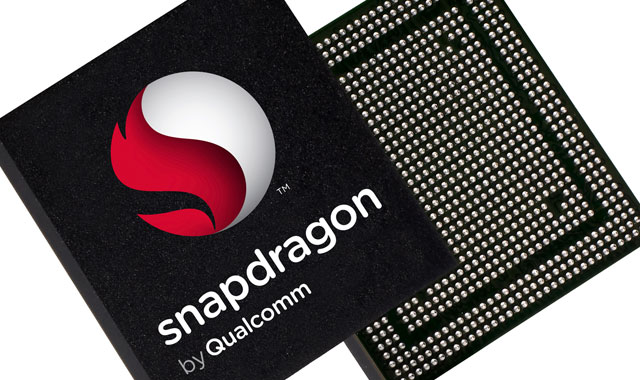
The fact that Qualcomm’s business model has survived two decades is as much a marvel of modern lawyering as one of modern technology.
That Qualcomm is the leading player in global mobile development is beyond doubt. What has irked authorities in China, South Korea, the US and now Apple is what many see as the San Diego-based company’s strong-arm tactics in charging for that technology.
While Qualcomm designs and sells chips used in cellphones — Snapdragon being its most famous one — the real money comes from its huge portfolio of patents that offers up a complete system for wireless communications. Licensees pay for the technology, no matter how much of it they actually use or whether they even buy Qualcomm chips.
It’s a fantastic business model, one that Qualcomm is justifiably fighting to protect. While licensing accounts for only a third of revenue, behind the sale of chips, that business makes up almost three-quarters of its profit.
The problem is that this model, and its tactics, are dated.
Qualcomm’s breakthrough came in the 1990s when the scrappy little company’s CDMA technology became an official standard for cellular communications.
Twenty years later, the industry has moved on. Qualcomm hasn’t
Back then, phones were simple. Screens were small and monochrome, processors were slow and clunky and storage was not even a consideration. The cutting-edge technology really was in the wireless chips that connected them to networks and the methods the networks and handsets used to communicate with each other.
Qualcomm’s licensing model was simple. It charged a percentage of the total cost of all components in the phone. This approach had advantages for everyone involved. It meant licensees and Qualcomm didn’t have to scrap over which parts of the phone did or didn’t use Qualcomm technology, so they could just go ahead and focus on the more important task of developing and selling these hip new gadgets.
Qualcomm’s argument was that no matter what went in the phones, they wouldn’t work at all without its technology.
Twenty years later, the industry has moved on. Qualcomm hasn’t.
Displays, cameras, memory and even metal casings have become increasingly more expensive components of a phone, yet Qualcomm still expects to collect a “tax” on all of it no matter how much it contributes.
It’s in this new paradigm that regulators and clients are pushing for change
According to iSuppli, Apple’s iPhone 7 has total component costs of US$219,80 for the model with 32GB of storage. Assuming a licensing fee of 5%, Qualcomm receives $11 for every model Apple sells regardless of the fact that three of the most expensive items are the display (which Qualcomm doesn’t make), the Apple-designed processor and the radio chips whose suppliers include Intel, Broadcom and Skyworks Solutions.
If Apple were to increase the storage to 128GB, Qualcomm’s revenue would increase accordingly despite the fact that it doesn’t even make storage chips. Increase the display size (and thus the cost), Qualcomm collects. A better camera: you guessed it, more money to Qualcomm.
It’s in this new paradigm that regulators and clients are pushing for change. In their eyes, Qualcomm is contributing less and less to the device and ecosystem but still has the nerve to collect just as much.
For a while it could be argued that nationalism was a huge driver behind both Asian nations’ cases against Qualcomm. One is a rising force in global technology, and the other is an established powerhouse fighting to protect its turf. But when the US regulator and the country’s largest company decide to pile on, it starts looking as if it’s time to roll the credits on Qualcomm’s licensing model. — (c) 2017 Bloomberg LP




